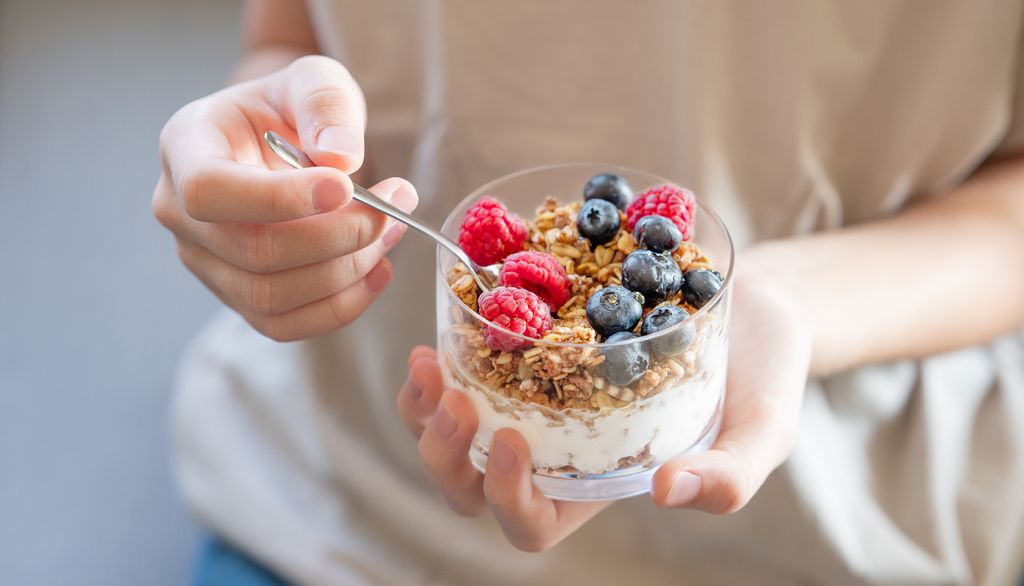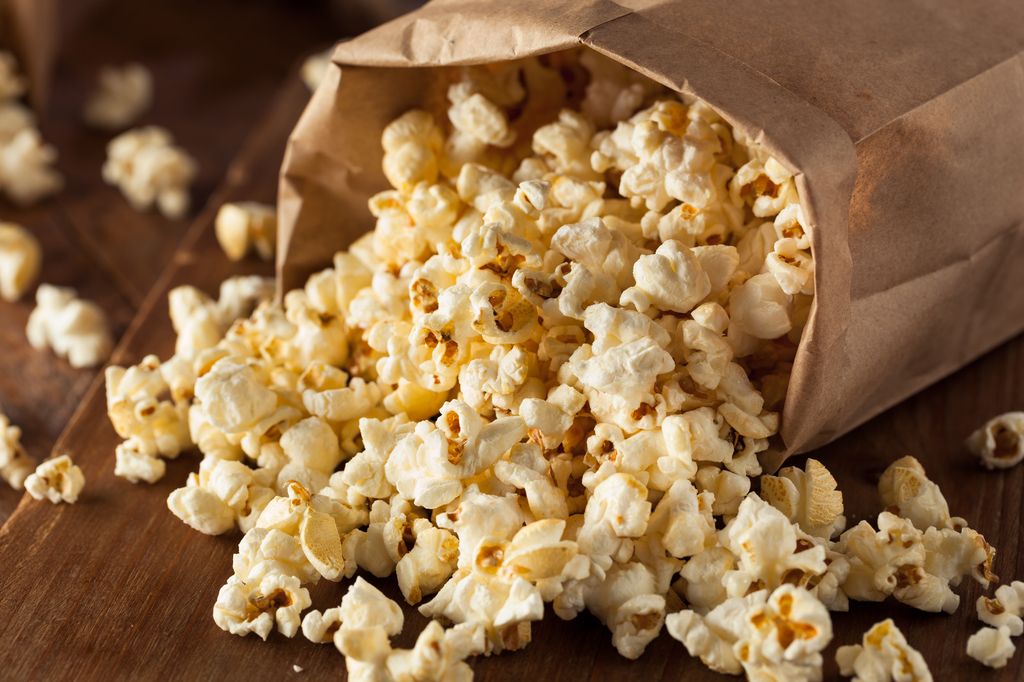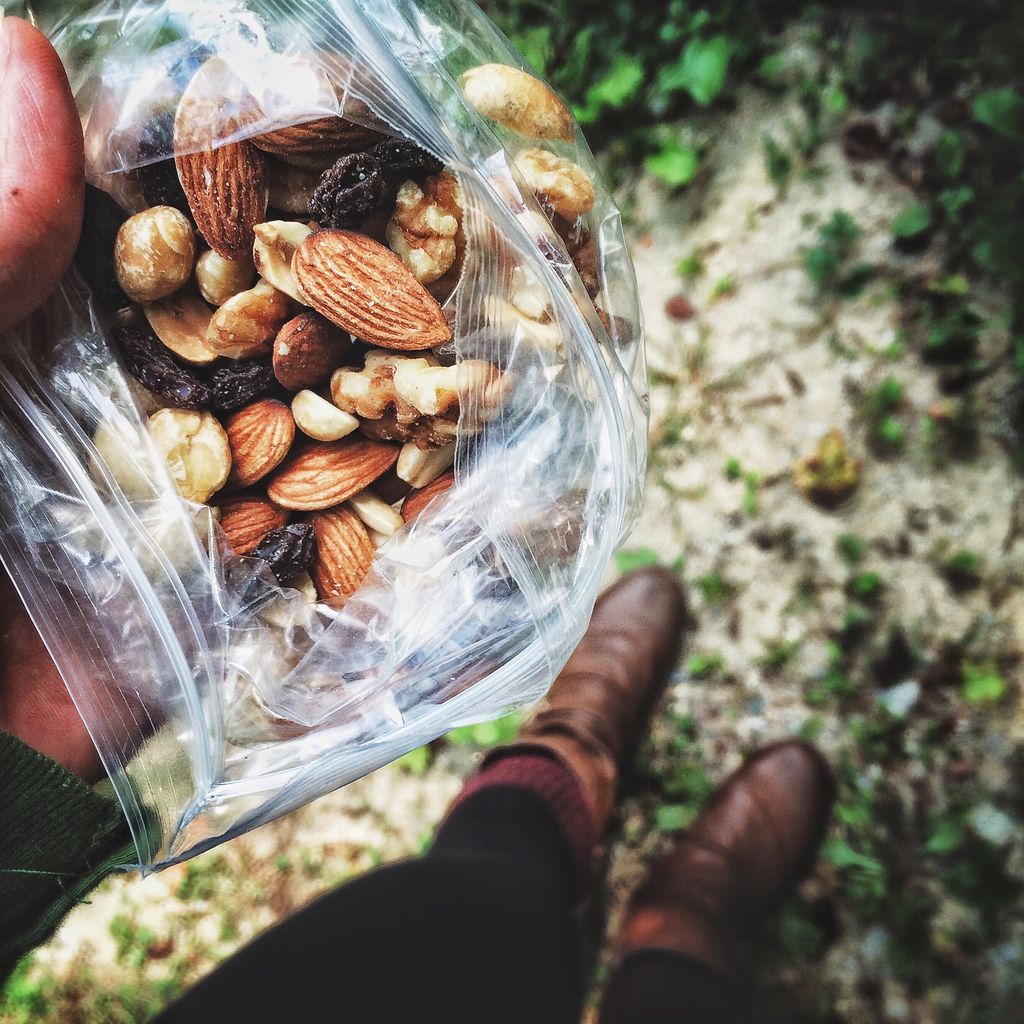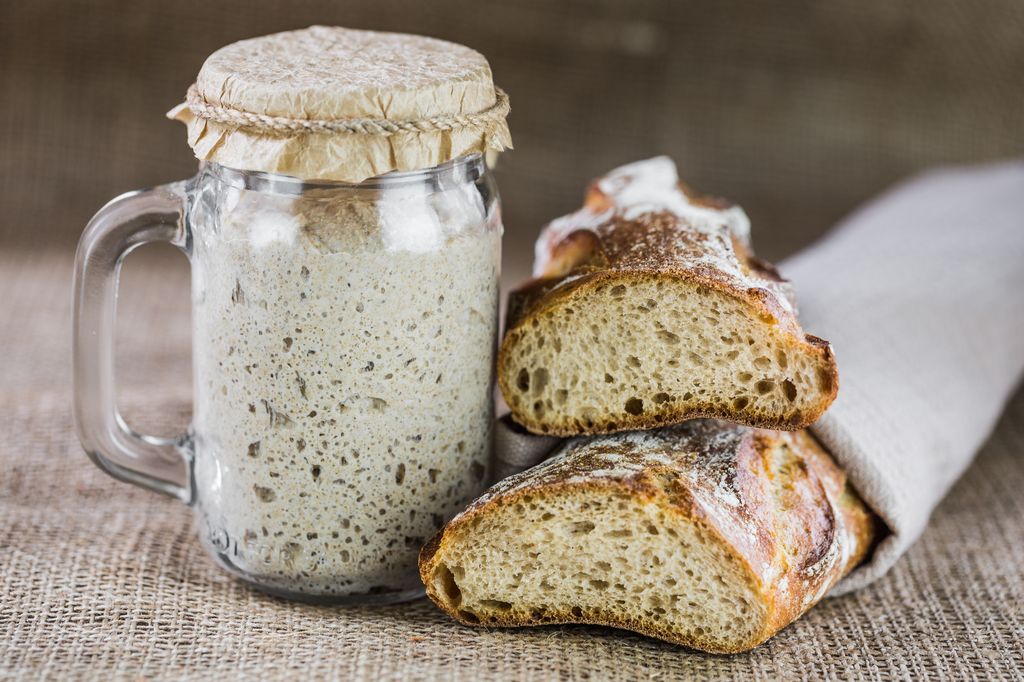We talk a lot about protein, fat and carbs, but fibre rarely gets the attention it deserves. And yet, in clinic after clinic, when I ask clients about their digestion, bloating, energy or blood sugar, the missing link is often this unsung nutrient.
Fibre isn’t just about keeping things regular. It’s about feeding the beneficial bacteria in your gut, lowering inflammation, stabilising blood sugar and even supporting hormone metabolism. It plays a crucial role in everything from your mood to your skin — yet most Australians fall well short of the recommended daily intake.
Women should aim for at least 25-30 grams per day, and yet most of us are scraping by with less than 18.
The good news? Increasing your intake doesn’t require an overhaul of your diet or an expensive trip to the health food store. With a few simple, affordable swaps, you can radically change your digestive health, and how you feel day to day.
1. Start the day with oats
A bowl of steel-cut or rolled oats offers a generous dose of soluble fibre, which helps to lower cholesterol and keep you fuller longer. Add chia seeds and a handful of berries for a triple boost. Skip the instant sachets — they’re often stripped of fibre and loaded with sugar.
2. Swap white bread for homemade wholegrain sourdough
Commercial white bread offers virtually no fibre. Switching to a homemade wholegrain sourdough adds both insoluble and prebiotic fibre, which feeds your gut microbes. Plus, the fermentation process makes it easier to digest and it’s easier to make than you think.
3. Add a tablespoon of ground flaxseed
Just one tablespoon of ground flaxseed contains around two grams of fibre, and it’s rich in lignans, which have hormone-balancing effects for women in midlife. Stir it into yoghurt, porridge or smoothies. It’s subtle, cheap and incredibly effective.
4. Bulk out dinners with lentils
Adding a can of lentils to your bolognese or curry is one of the easiest ways to increase your fibre intake without changing the flavour or texture of the dish. They’re also rich in resistant starch, which keeps your microbiome humming.
5. Snack on popcorn
Unbuttered, unsweetened popcorn is actually a whole grain. Three cups offer around 4 grams of fibre for under 100 calories — and it’s a much better option than ultra-processed crisps or crackers.
6. Embrace frozen veg
Don’t underestimate the fibre content of frozen peas, spinach or green beans. They’re cheap, keep for months, and can be tossed into almost any dish. No need for fancy prep, just steam or sauté and serve.
7. Choose fruit with the skin on
An apple with skin has almost double the fibre of one without. The same goes for pears, plums and even potatoes. The outer layer is where most of the insoluble fibre and antioxidants live.
8. Make your own trail mix
Commercial versions are often full of sugar, sulphites and oils. Making your own with raw almonds, pumpkin seeds, coconut flakes and a few dried apricots means you’re getting fibre and healthy fats without the junk.
9. Blend, don’t juice
Juicing strips away fibre, leaving you with the sugar and none of the gut benefits. A smoothie with whole fruit, leafy greens, chia seeds and nut butter is far more nourishing, and keeps your digestion on track.
10. Don’t fear beans
They have a reputation for causing gas, but cooked properly and introduced gradually, beans can transform your gut health. Black beans, chickpeas, kidney beans, they’re all affordable, versatile and high in both soluble and insoluble fibre.
The bigger picture
Upping your fibre intake isn’t about going gluten-free, raw or grain-free. It’s about choosing foods that have been minimally tampered with, foods that your body recognises and knows how to digest.
The benefits go far beyond the bathroom. Better blood sugar control, improved energy, reduced bloating, clearer skin and even more balanced hormones are just some of the knock-on effects I see every day in clinic.
And the best part? It doesn’t cost a fortune. With a little planning and a shift in focus, fibre becomes one of the simplest, most effective tools we have to feel good.
Faye James is a Sydney-based accredited nutritionist and author of The 10:10 Diet, The Menopause Diet, The Long Life Plan and her latest book The Perimenopause Plan.





